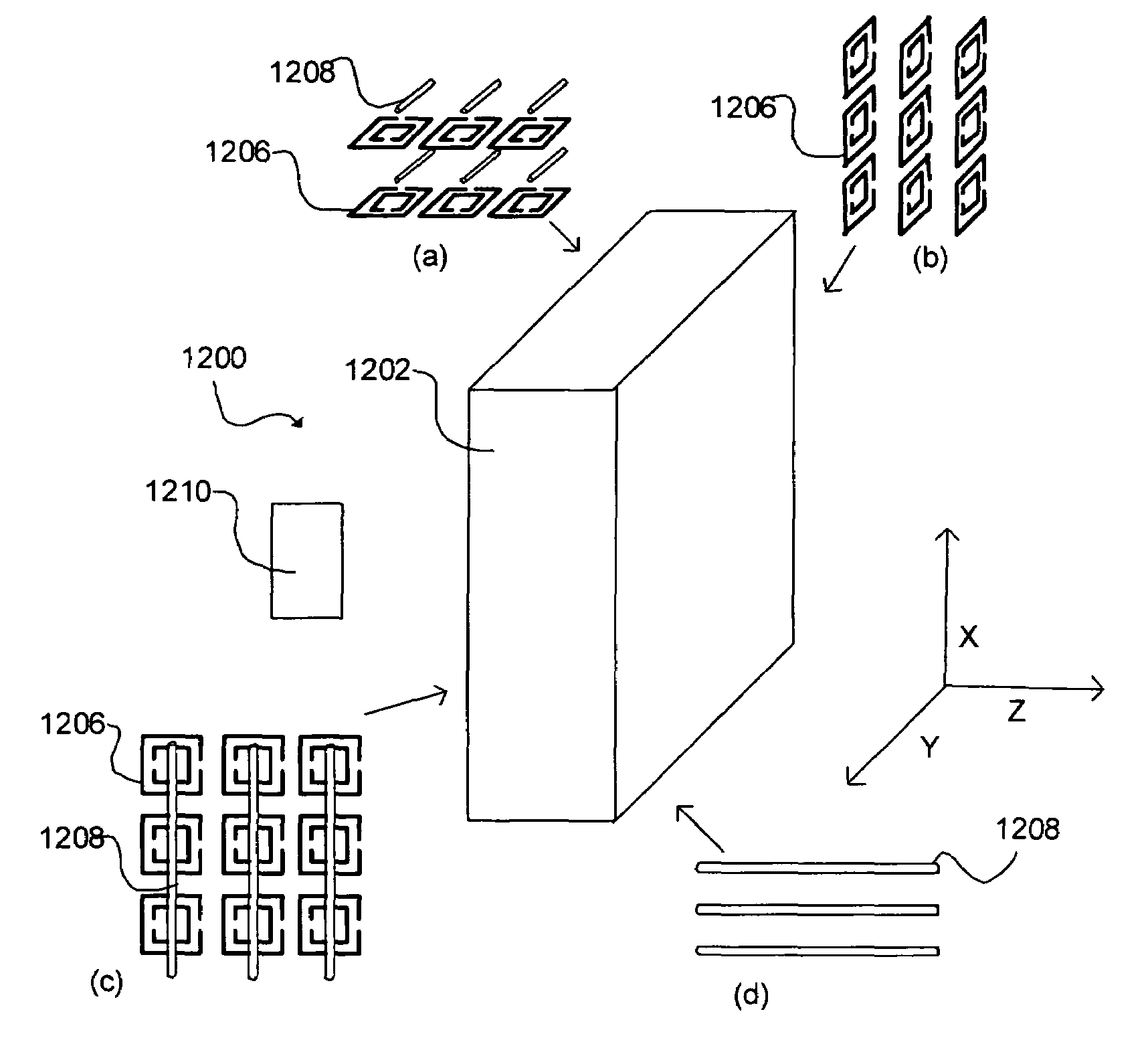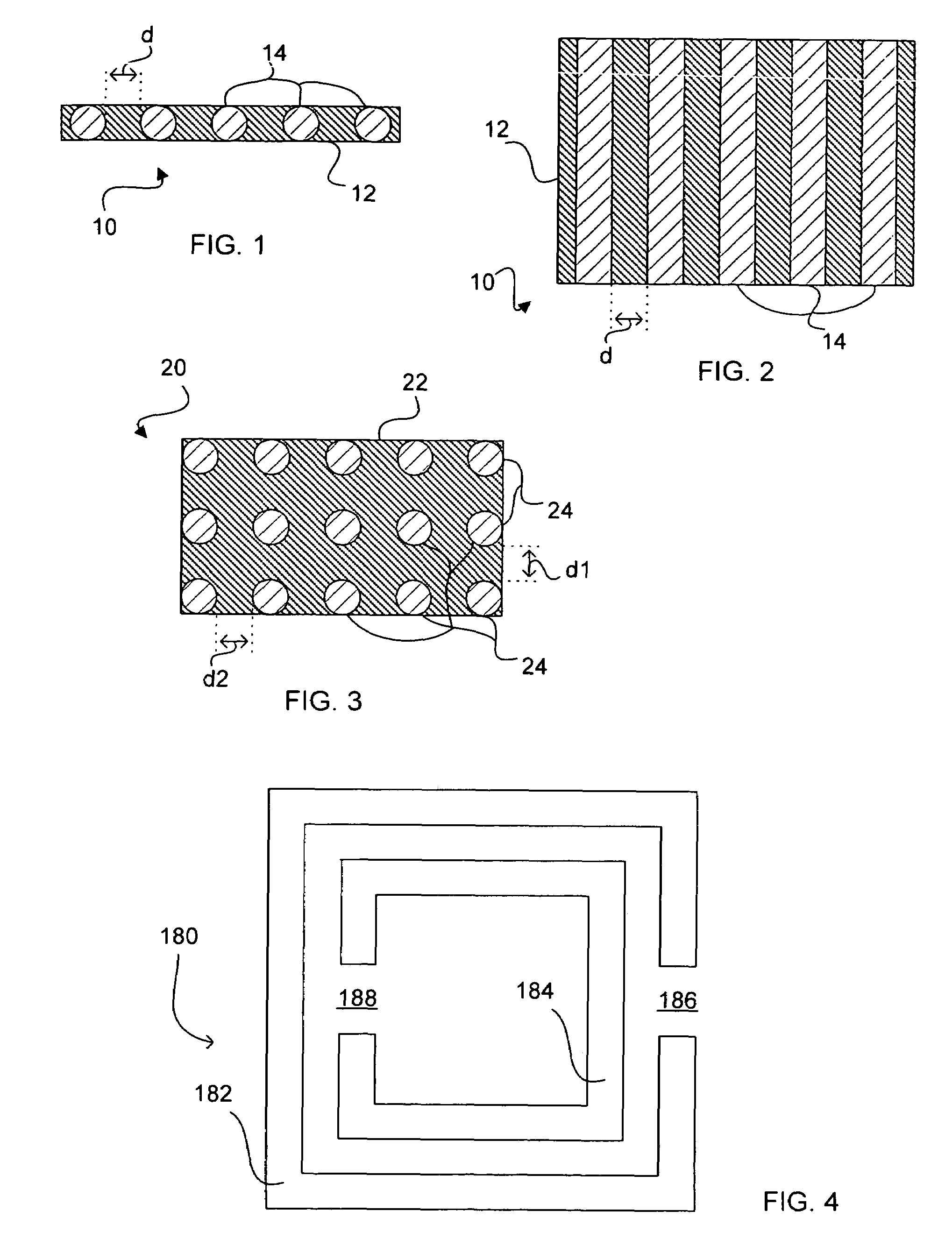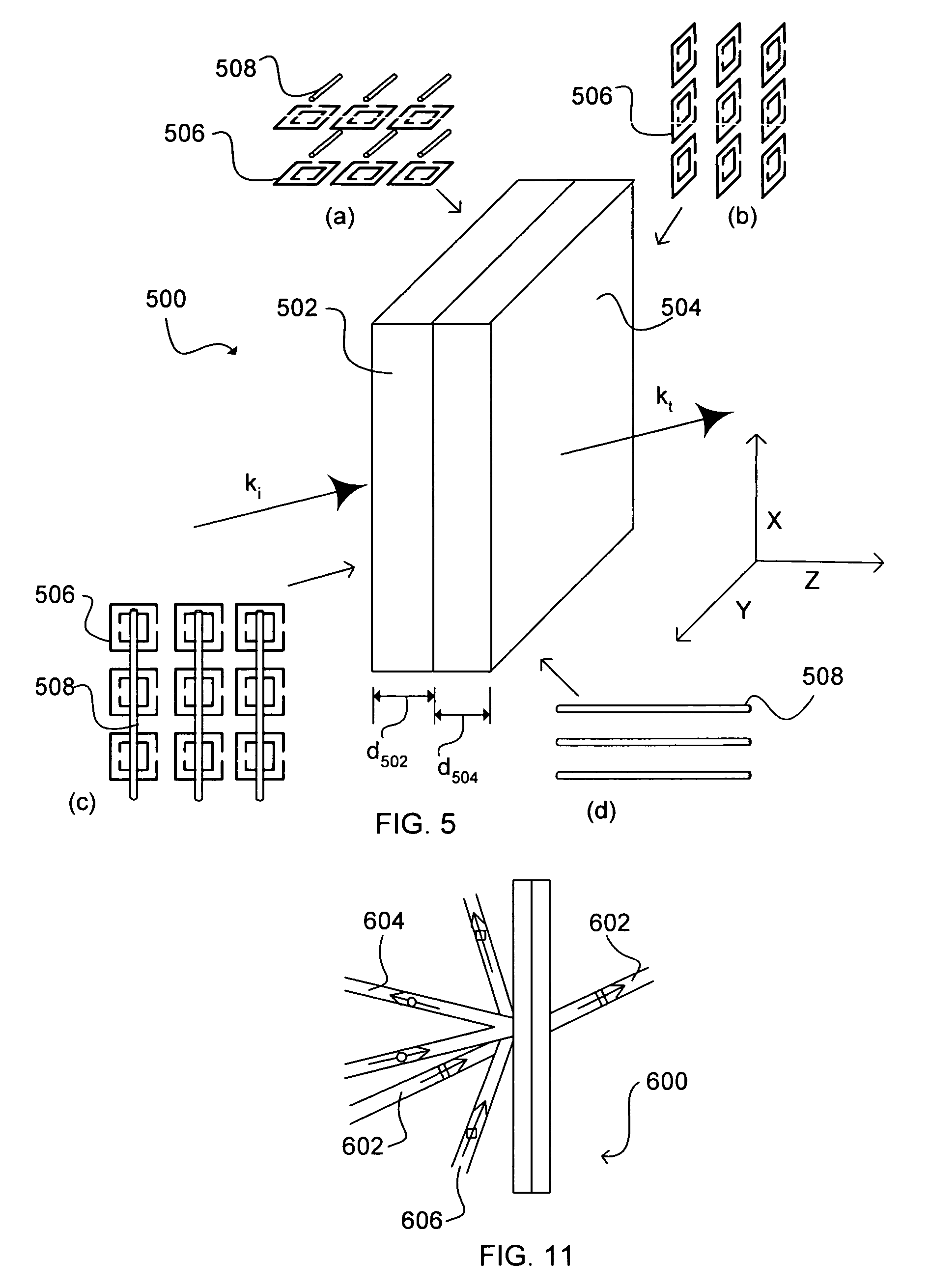Indefinite materials
a material and indefinite technology, applied in the field of materials, can solve the problems of limiting the parameter range for which the “perfect lens” can focus near the field, limiting the suitability of negative permittivity and permeability materials for many applications, and limiting the application range of material material material material material material material material material material material material material material material material material material material material material material material material material material material material material material material material material material material material material material material material material material material material material material material material material
- Summary
- Abstract
- Description
- Claims
- Application Information
AI Technical Summary
Benefits of technology
Problems solved by technology
Method used
Image
Examples
Embodiment Construction
[0026]Indefinite media have unique wave propagation characteristics, but do not generally match well to free-space. Therefore, a finite section of an indefinite medium will generally present a large reflection coefficient to electromagnetic waves incident from free space. It has been discovered, however, that by combining certain classes of indefinite media together into bilayers, nearly matched compensated structures can be created that allow electromagnetic waves to interact with the indefinite media. Compensating multi-layer materials of the invention thus have many advantages and benefits, and will prove of great utility in many applications.
[0027]One exemplary application is that of spatial filtering. An exemplary spatial filter of the invention can perform similar functions as traditional lens-based spatial filters, but with important advantages. For example, the spatial filter band can be placed beyond the free-space cutoff so that the processing of near-fields is possible. A...
PUM
 Login to View More
Login to View More Abstract
Description
Claims
Application Information
 Login to View More
Login to View More - R&D
- Intellectual Property
- Life Sciences
- Materials
- Tech Scout
- Unparalleled Data Quality
- Higher Quality Content
- 60% Fewer Hallucinations
Browse by: Latest US Patents, China's latest patents, Technical Efficacy Thesaurus, Application Domain, Technology Topic, Popular Technical Reports.
© 2025 PatSnap. All rights reserved.Legal|Privacy policy|Modern Slavery Act Transparency Statement|Sitemap|About US| Contact US: help@patsnap.com



